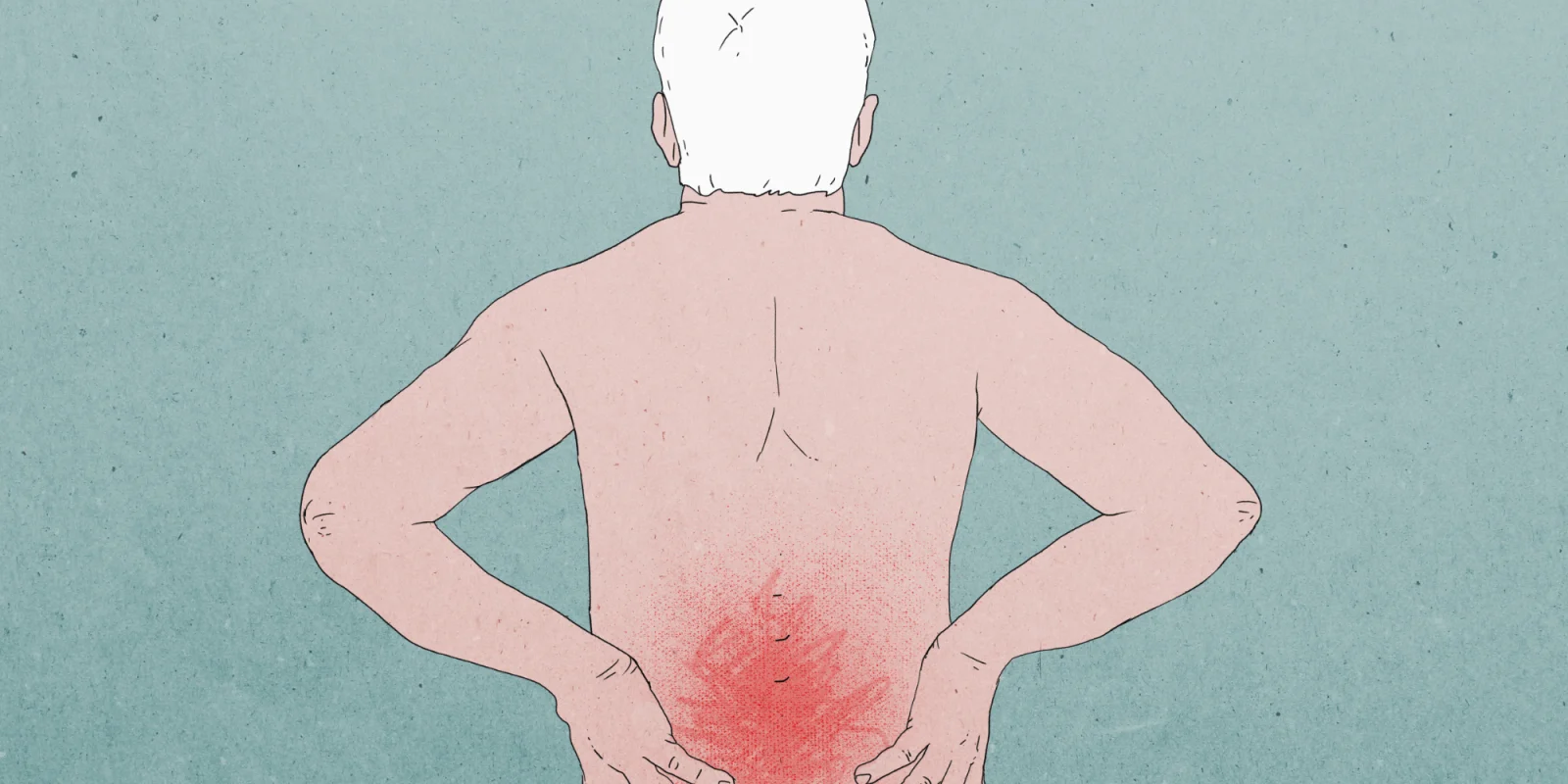
Professor O.K. Duru of the UCLA Geffen School of Medicine gave an excellent evidence-based literature and guidelines review on treatment of low back pain at the American College of Physicians Internal Medicine 2019 meeting. Here are some key takeaways. Please note that these recommendations pertain to adults with mainly acute, nontraumatic low back pain.
Only about seven percent of patients with acute LBP benefit from imaging. Four percent, on average, would have compression fractures, two percent will have pain originating in other organs. 85 percent will have nonspecific LBP. The Choosing Wisely campaign has taught us, based on the best evidence, that in patients with early/acute nonspecific LBP, ordering MRI/CT scans are not helpful and are a waste of resources.
Cauda Equina Syndrome, which clinicians have been taught to worry about as a surgical emergency, is exceedingly rare. Professor Duru has worked with UCLA neurosurgeons to clarify two key questions to ask that clarify whether this rare syndrome might be present: Is urinary retention present or not? (“Do you have trouble urinating when you want to?”). Is there perineal numbness, a more sensitive indicator of CES? (“Does it now feel very different when you wipe with toilet paper?”). If those answers are yes in the setting of acute LBP, imaging may be advisable. Other red flags include long term steroid use, a history of cancer, immunosuppression, unexplained weight loss, recent bacteremia, and IV drug use.
The goals of LBP treatment are to decrease pain but also to improve functioning. Massage and local heat have the biggest effect on acute pain reduction. Chiropractor care is a third option here. Heat packs have been found to be better than cold packs. NSAIDS and muscle relaxants have a much more effective role in acute/subacute LBP, in high quality RCTs. Ibuprofen in familiar doses or naproxen 250 QID- 500 mg BID are effective choices from RCTs. Acetaminophen and steroids have not been shown to be markedly effective in acute LBP. Going with the proven therapy option above that you learn the patient believes will be more effective (from shared decision-making dialogue) — is often the best choice, says Professor Duru.
For patients with chronic LBP, the best evidence shows clinicians should initially select nonpharmacological therapies, such as multidisciplinary rehab, cognitive behavioral therapy, and mindfulness-based stress reduction. Selection of these choices is mediated to some extent by what resources you have available locally. Opioids have not been shown to be more effective than NSAIDs, and 1–1.5 percent of opioid naive patients treated with opioids end up becoming long-term opioids users. When chronic LBP patients have an inadequate response to nonpharmacological therapies, duloxetine, tramadol, or NSAIDs are good choices. Epidurals are off-label use in LBP, and are not approved by the FDA. Epidurals show only minimal effect compared to placebo.
In brick and mortar clinics and in telemedicine video visits, my experience has been that it is important to give patients educational handouts or web links that reassure them that their pain will get better over time and that imaging is usually not helpful. Chronic pain patients often benefit from psychological evaluation and counseling. I find PHQ-2/PHQ-9 screening useful here. Patients are increasingly appreciative of discussions of costs of these choices. Our national medical group has found that the Up To Date low back pain point-of-care pathway is very useful in primary care practice. The American College of Physicians and NICE guidelines are also very useful, but don’t have the same point-of-care utility.
Prentiss Taylor MD, FACP is an Attending Physician at Advocate Christ Hospital in Metro Chicago and also serves as VP for Medical Affairs for Doctor On Demand telemedicine. He is a small shareholder in Doctor On Demand.







